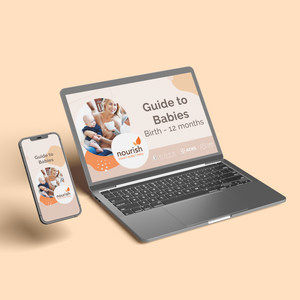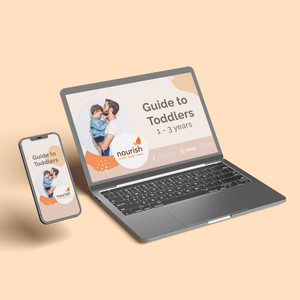The way we experience pain is very individual. And the way we go into labour is also different. For some it will be a slow ease into labour and for others it will progress quickly to regular, strong contractions.
Every woman experiences a different pace and you just have to go with it.
I have seen women in labour watching the cricket only feeling a dull period-like pain and others screaming like their insides are being ripped out. Every woman has their own story and their own perception of pain during labour.
What is the Cause of Labour Pains?
The pain or discomfort we feel during labour is our uterus contracting. It begins at the top of the uterus and spreads all the way down to the cervix. Contractions feel like a dull, period-like pain, sometimes combined with lower back pain. They feel different from the Braxton Hicks tightening’s you may have been experiencing – they are typically more regular, stronger and last longer. For those of you that have not experienced period pain, it is like a dull ache deep in the middle to lower part of your abdomen.
As labour progresses these contractions become closer together, increase in intensity and last longer. Throughout the labour they will change but essentially this is what happens. By the time you reach the second stage of labour for most, the contractions will actually space out, allowing you time to recover in between pushes.
What can I do to Prepare My Body for Labour Pains?
There is much you can do to prepare for labour and birth. Educating yourself is probably one of the most important. Nourish’s comprehensive labour and birth video tutorial answers all the key questions and provides all the essential information you need to go into your labour and birth feeling relaxed and capable. We cover stages of labour, when to ring the hospital, pain management and so much more. We also demonstrate some great positions to use in labour whether you are at home or the hospital.
Looking after your self during pregnancy is also vital, so remember to eat really well and exercise. Exercise is one of those things that if you were not a “regular” at exercise, pregnancy is really good time to start – once of course you have received the ok from your caregiver. I certainly wouldn’t suggest running a triathlon! but staying active has far greater benefits than you may realise.
Evidence has shown that exercise helps to develop and maintain muscular strength, flexibility and the fitness to carry a pregnancy. It also prepares your body for the demands of labour and birth, as well as improving circulation, sleep and energy levels.
Try walking, swimming or check out your local gym for pregnancy appropriate classes or you can also participate in our instructor-led Prenatal Exercise video and workout in the comfort of your own home.
What are my Options for Pain Relief in Labour?
Many women will choose to birth naturally without any medicated pain relief and by using alternative methods such as water, heat, a TENS machine and massage. Other women will choose to use pethidine, nitrous oxide (gas and air) or have an epidural. Some couples may also have this all documented in a birth plan or their birth preferences, which is great.
The one thing we can predict about birth is that nothing usually goes to plan. So being flexible is important and trying to go with the flow and not being too rigid is vital.
A TENS machine is great because there are no adverse effects on mum or baby, it is portable, non-invasive and easy to use but you can’t take it into the bath or shower. Using gas and air can help to take the edge off the contractions, is a wonderful focus point, does not harm your baby and can be taken into the shower or bath, but can make some women feel a little bit dizzy and a bit nauseous. Pethidine is an intramuscular injection of a narcotic and will help you to relax especially in between contractions. It does cross the placenta however, and does affect the baby, and can cause nausea and dizziness.
Lastly, an epidural, in most cases provides complete pain relief from the waist down. You will need an IV and a catheter and the most significant side effect is that it can cause is a drop in your blood pressure.
Whatever you choose, feel good about your decision and don’t be hard on yourself, labour is really hard work!
Our Products
-

01. Guide to a Healthy Pregnancy
$55 -

02. Positive Birthing Course
$55 -

03. Infant Feeding Guide
$55 -

04. Baby Sleep Guide - First 12 Months
$55 -

05. Toddler Parenting Course 1 - 3 Years
$55
-
 When to Start Antenatal Classes?
When to Start Antenatal Classes?
Becoming a parent is an incredible milestone, but it comes with a host of changes that can be daunting, especially for first time parents. Antenatal classes are all about offering expectant parents the education they need to make informed decisions, look after their bodies and care for their newborn babies. While you probably already have a long list of things you need to accomplish during your pregnancy, it’s a good idea to make time to attend antenatal classes.
-
 Development Milestones 4-8 Months
Development Milestones 4-8 Months
As they reach the middle of their first year, you'll start to see bigger leaps in their growth and ability!
In this article, we’re going to discuss your baby’s developmental milestones between 4-8 months, and what you can expect along the way.





 When to Start Antenatal Classes?
When to Start Antenatal Classes?
 Development Milestones 4-8 Months
Development Milestones 4-8 Months








